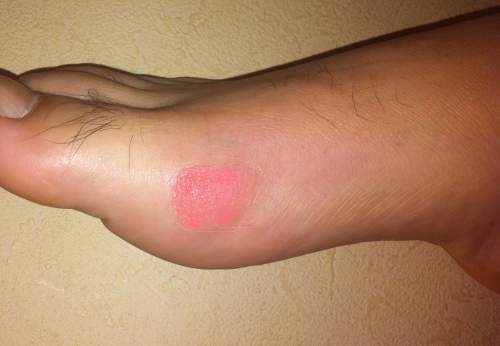Gout is a type of arthritis that is triggered by the accumulation of uric acid, in the form of crystals, in the joints. The crystallization of uric acid in the joints causes inflammation and makes the joints painful, reducing the ability of the person to move.
It is an illness that once installed it won’t go away; only with adequate treatment a patient will be able to keep symptoms at bay.
Gout causes
As mentioned earlier, gout is caused by crystals of uric acid, which end up accumulating in the joints. Uric acid is naturally released by our body when it needs to break down purines, which are substances found in very many foods we consume, especially in seafood, red meat, and organs.
Besides these, consuming alcohol, beer in particular and drinks containing fructose, can also lead to elevated uric acid in the body. These crystals can start forming when there is a large quantity of uric acid in our organism, together with a faulty management of the body of uric acid.
Gout symptoms
Gout is known for the fact that the symptoms occur all of a sudden, in most cases at night, and without any warning. Intense joint pain, redness and swelling of the area are experienced; the biggest pain being felt in the first 12 hours after the gout crisis got triggered. It usually attacks the bone of the big toe, but it can also affect the joints of your fingers, elbow, knee, and wrists.
Once the pain is reduced, there will be a lingering discomfort for the following days. Also, the mobility of the affected area is reduced a lot, due to the redness and tenderness.
Gout diagnosis
In order to receive the diagnosis of gout, a person must go through several tests to confirm the affection. The doctor may start with a blood test, to see how elevated the levels of uric acids are in your body. Also, he may want to extract fluid from your joints, to see, with the help of a microscope, if there are any uric acid crystals in the liquid. Still, the blood tests may not be that relevant, because many people have high levels of uric acid in the body but do not experience gout symptoms.
This is why medical investigations also include X-ray imaging, to make sure the inflammation is not caused by anything else; ultrasounds, which can also detect the presence of uric acid crystals; and dual energy CT scan, also for detecting uric acid crystals especially when the joint is not too inflamed, although it is a less used method because it is rather expensive.
Gout treatment
The treatment of gout revolves around diminishing the attacks when they happen and to prevent them from happening in the future. So the evolution and presence of gout can only be diminished and not completely eradicated.
Non-steroidal anti-inflammatory drugs, Colchicine, and Corticosteroids are part of the regular treatment for gout attacks. The anti-inflammatory drugs have the mission of cutting down the pain, while Colchicine is usually prescribed after the attack occurred, to preventing it from happening in the future. Corticosteroids are left for those people who cannot take anti-inflammatory drugs and Colchicine, for controlling the pain and inflammation caused by gout.
How to cure gout naturally
If you are not too keen about taking drugs, there are ways to keep gout under control naturally.
First of all, stay away from the foods that are high in purine, which can trigger gout, including beer and fructose-sweetened drinks. Eating fruits like cherries, apples, and bananas can help prevent gout crisis.
Other home remedies include apple cider vinegar; one table spoon of vinegar mixed in one glass of water and consumed 2 to 3 times a day can help. Or you can drink a mixture made out of the juice of one lemon mixed with half of tablespoon of baking soda, which is left to sit for a few minutes and then added to a glass of water. This mixture has to be consumed immediately.
